Non-Clinical
- Bioanalysis Method Development and Validation
- General Toxicology Studies
- Carcinogenicity Studies
- Local Toxicity Studies
- Reproductive and Developmental Toxicity Studies
- Genetic Toxicity Studies
- Immunotoxicology Studies
- Safety Pharmacology Studies
- Histopathology and Clinical Pathology
- Juvenile Animal Studies
- Biodistribution Studies
- Animal Alternative Testing
Bioanalysis Method Development and Validation
We provide bioanalytical method development and validation services for various modalities of pharmaceuticals.
Leveraging South Korea’s top-tier technical expertise and extensive experience, we deliver precise and reliable data at every stage of drug development.

Key Service Areas
Small Molecule Drug Analysis
- LC/MS-MS-based method development for small molecule drugs.
- Expertise in advanced methods for small oligonucleotides, ASO, siRNA, and peptide drugs
Biologics (Antibodies and Protein Therapeutics)
- Methodologies using ELISA and MSD platforms.
- Comprehensive biologics analysis tailored for global clinical projects.
Gene Therapy Analysis
- Platforms for DNA, RNA, plasmid DNA, mRNA, oligonucleotides, and more.
- Development of highly sensitive and specific quantitative methods using qPCR and hELISA.
- Quantitative analysis across 16+ major tissues.
Anti-Drug Antibody (ADA) Analysis
Comprehensive support for all ADA analysis stages: Screening, Confirmatory, and Titration assays.
- Screening: Initial assessment for the presence of ADA.
- Confirmation: Verification of ADA positivity.
- Titration: Quantification of ADA concentration and reaction strength.
PD Marker Analysis
- Utilizing cutting-edge technologies: CBA/MSD, ELISA, RT real-time qPCR, Flow Cytometry.
- Analysis of Cytokines, Proteins, mRNA, and Immunological PD markers.
Why Choose BTT Group?
Proven Expertise
Extensive experience with global projects.
Unmatched Specialization
South Korea's leading bioanalysis capabilities.
Customized Method Development
Tailored to client requirements and project stages.
One-Stop Solution
Comprehensive support from early drug development to clinical stages.
General Toxicology Studies
General toxicology studies are essential evaluations required for the registration and approval of various compounds, including pharmaceuticals, nutraceuticals, cosmetics, chemicals, and pesticides.
These studies provide fundamental toxicity information, such as lethal doses (LD), no observed adverse effect levels (NOAEL), and maximum tolerated doses (MTD), which serve as key references for designing further toxicology studies.

Study Categories (Applicable to ICH, OECD, JMHW, MFDS, NIER, RDA)
Single-Dose Toxicity Studies (Acute Toxicity)
- Purpose: Assess approximate lethal doses (ALD) of test substances through a single administration in rodents (rats, mice) or non-rodents (dogs, primates).
- Evaluation: Observations of clinical symptoms, body weight changes, organ effects during necropsy, and acute toxicity effects.
Repeated-Dose Toxicity Studies (Subacute and Chronic Toxicity)
- Purpose: Evaluate overall toxicity through repeated administration over a specified period in rodents and non-rodents.
- Evaluation: Clinical symptoms, body weight, feed/water intake, ophthalmology, ECG, hematology, clinical chemistry, histopathology, etc., to determine NOEL/NOAEL and assess dose-toxicity relationships.
Dose Range Finding Studies
- Determine appropriate dosage ranges by administering varying doses.
Dose Escalation Studies
- Gradually increase doses to identify maximum tolerated doses.
Maximum Tolerated Dose (MTD) Studies
- Identify the maximum tolerated dose for safe administration.
Carcinogenicity Studies
Carcinogenicity studies are long-term evaluations designed to assess the potential carcinogenic risks of test substances, including drugs, chemicals, and environmental exposures.
These studies are essential for identifying potential human health risks, especially for substances intended for chronic use or prolonged exposure.
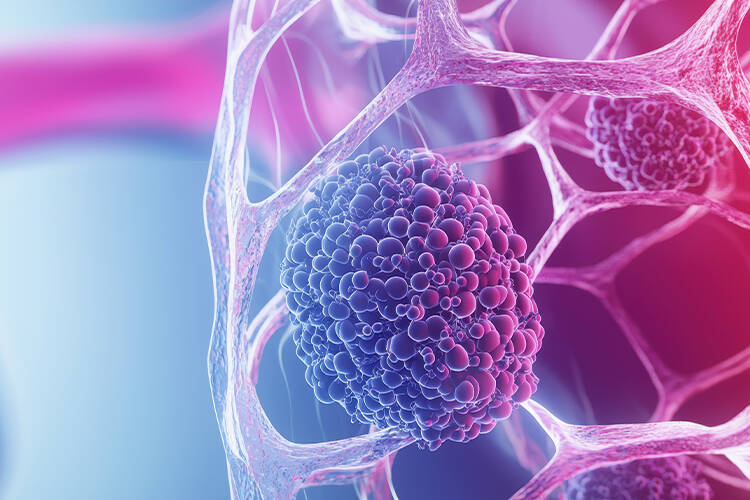
Study Categories (Applicable to OECD, JMHW, KFDS)
Rat Carcinogenicity Studies
- Test species: Wistar Hannover, F344, SD rats.
- Administration methods: Oral gavage or diet incorporation over 24+ months.
- Evaluation: Histopathological assessment of carcinogenic lesions alongside standard toxicology endpoints.
Mouse Carcinogenicity Studies
- Test species: B6C3F1, ICR mice.
- Administration methods: Oral gavage or diet incorporation over 18-24 months.
- Evaluation: Histopathological assessment of carcinogenic lesions alongside standard toxicology endpoints.
Transgenic Mouse Carcinogenicity Studies
- Test species: rasH2 TG mice, p53 TG mice.
- Administration methods: Oral gavage or diet incorporation over 6 months.
- Purpose: Rapid carcinogenicity assessment through histopathological evaluation, serving as an efficient alternative to standard studies.
Why Choose Us?
We offer state-of-the-art research facilities and globally recognized expertise, delivering tailored study designs and reliable results that support successful R&D progression.
Local Toxicity Studies
Local toxicity studies are essential evaluations to assess the potential toxic effects of test substances when exposed to localized areas such as the skin, mucosa, eyes, or injection sites.
These studies are conducted to ensure the safety of chemicals, pharmaceuticals, medical devices, and cosmetics.
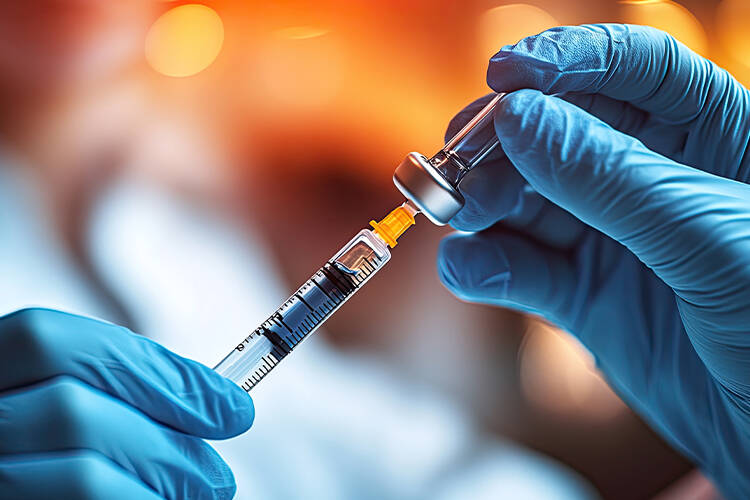
Study Categories (Applicable to ICH, OECD, JMHW, KFDA, NIER, RDA)
Skin Irritation Tests
- Purpose: Assess the irritative effects of substances like ointments applied topically to the skin.
- Evaluation: Test substances are applied to depilated rabbit skin to observe localized irritation, including erythema, crust formation, and edema.
Ocular Mucosal Irritation Tests
- Purpose: Evaluate the irritative effects of substances that may come into contact with the mucosa or eyes.
- Evaluation: Test substances are applied to rabbit ocular mucosa to assess irritation in the cornea, iris, and conjunctiva.
Applications
- Safety evaluation of chemicals and cosmetics.
- Preparing regulatory approval data for pharmaceuticals and medical devices.
- Developing injectables and topically applied drugs.
Why Choose Us?
We provide systematic support throughout the local toxicity study process to rapidly and accurately evaluate the safety of test substances.
Reproductive and Developmental Toxicity Studies
Reproductive and developmental toxicity studies evaluate the effects of various substances, such as pharmaceuticals, chemicals, food additives, and pesticides, on reproductive functions, fertility, and embryonic and fetal development.
These studies ensure the safety of substances and provide essential data for regulatory approval.
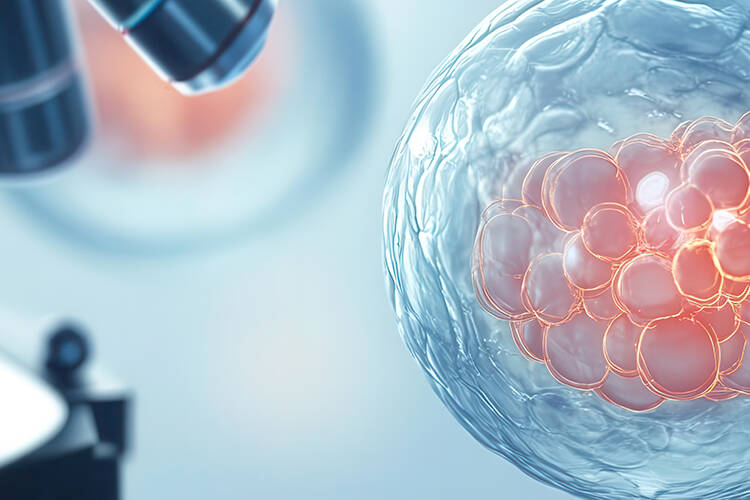
Study Categories (Applicable to ICH, OECD, JMHW, MFDS, NIER, RDA)
Fertility and Early Embryonic Development Studies (Segment Ⅰ)
- Evaluate the effects of test substances on reproductive functions and early embryonic development.
- Analyze fertility in males and females, reproductive success rates, and early embryonic survival rates.
Embryo-Fetal Development Studies (Segment Ⅱ)
- Assess the effects of test substances on embryonic and fetal development during pregnancy.
- Analyze teratogenic effects, growth delays, and survival rates.
Pre- and Post-Natal Development Studies (Segment Ⅲ)
- Evaluate the effects of test substances during late pregnancy and postnatal development.
- Evaluation: Analyze postnatal survival, growth, developmental abnormalities, and behavioral toxicity.
Why Choose Us?
With extensive experience and expertise, we deliver accurate evaluations of reproductive and developmental toxicity, providing globally recognized high-quality data.
Genetic Toxicity Studies
Genetic toxicity studies are critical for assessing the potential of chemicals, pharmaceuticals, food additives, and pesticides to damage genetic material (DNA) or cause mutations. These studies ensure the safety of substances and provide key data for regulatory approval.
We are the first in South Korea to achieve GLP certification for the Pig-a gene mutation assay using mammals, establishing leadership in the field of genetic toxicity evaluation.
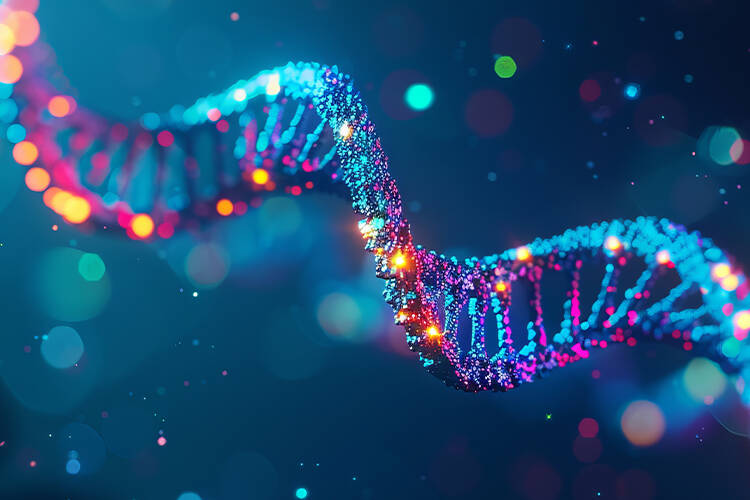
Key Study Areas
Bacterial Reverse Mutation Test (OECD TG 471)
- Evaluates the mutagenic potential of substances using bacteria.
Embryo-Fetal Development Studies (Segment Ⅱ)
- Assess the effects of test substances on embryonic and fetal development during pregnancy.
- Analyze teratogenic effects, growth delays, and survival rates.
In Vitro (Cell-Based) Tests
- Chromosome Aberration Test: Assesses chromosomal damage in cultured mammalian cells.
- Micronucleus Test: Detects micronucleus formation in cells to evaluate genetic damage.
- Gene Mutation Tests: Hprt and xprt gene mutation assays
- Thymidine kinase gene mutation assays (OECD TG 90)
In Vivo (Animal Model) Tests
- Chromosome Aberration Test: Assesses chromosomal damage in mammalian bone marrow cells.
- Micronucleus Test: Detects micronucleus formation in rodent hematopoietic cells.
- Comet Assay: Evaluates DNA single- and double-strand breaks to assess damage.
- Chromosome Aberration Test using Mammalian Spermatocytes (OECD TG 483)
Pig-a Gene Mutation Test (GLP-Certified)
- A rapid and efficient assay using red blood cells to evaluate mutagenicity.
- Features a simplified process and enhanced reliability compared to conventional tests.
Immunotoxicology Studies
Immunotoxicology studies evaluate the effects of test substances on the immune system to identify immunosuppression, hypersensitivity, or other immune system abnormalities.
We offer tailored services using advanced immunotoxicology models and cutting-edge analytical technologies to meet client-specific needs.
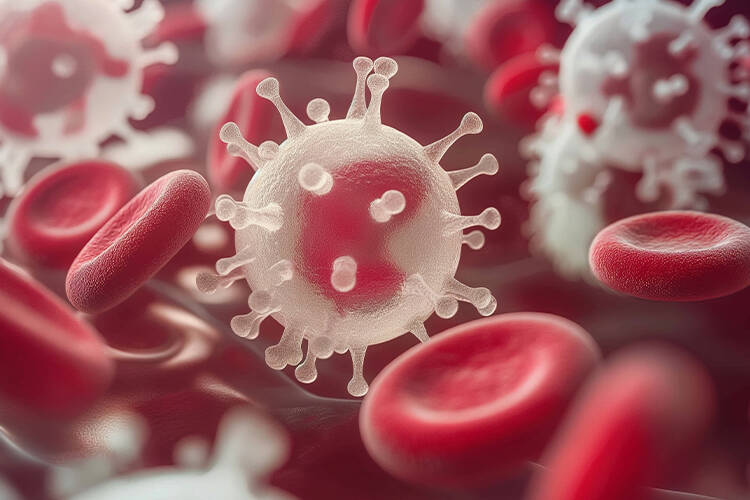
Study Categories (Applicable to ICH, OECD, JMHW, MFDS, RDA)
Anaphylaxis Tests
- Predict potential antigenicity of test substances in humans by evaluating immunogenicity through repeated administration.
- Active Systemic Anaphylactic (ASA) Shock Response: Assesses systemic hypersensitivity reactions caused by test substances.
- Passive Cutaneous Anaphylaxis (PCA) Response: Measures localized hypersensitivity reactions on the skin.
Skin Sensitization Tests
Predict the risk of skin sensitization for topically applied pharmaceuticals and cosmetics.
- Maximization Test
- Adjuvant and Patch Test
- Adjuvant and Strip Test
- Buehler Test
- Open Epicutaneous Test
Flow Cytometry-Based Immunotoxicity Tests
Utilize monoclonal antibodies to identify and quantify specific cell populations.
Applications
- Splenic Immune Cell Profiling: Evaluate the distribution of specific immune cells.
- Natural Killer (NK) Cell Function Test: Assess NK cell activity.
Safety Pharmacology Studies
Safety pharmacology studies are essential in the drug development process to systematically evaluate the potential side effects of test substances beyond their primary pharmacological action.
These studies, particularly Core Battery evaluations, assess the effects on the cardiovascular, central nervous, and respiratory systems in compliance with ICH guidelines (ICH S7A, S7B)
Our Expertise
The first in South Korea to achieve GLP (Core Battery) certification (2008).
GLP certification for hERG Assay (2013), providing accredited safety pharmacology services.
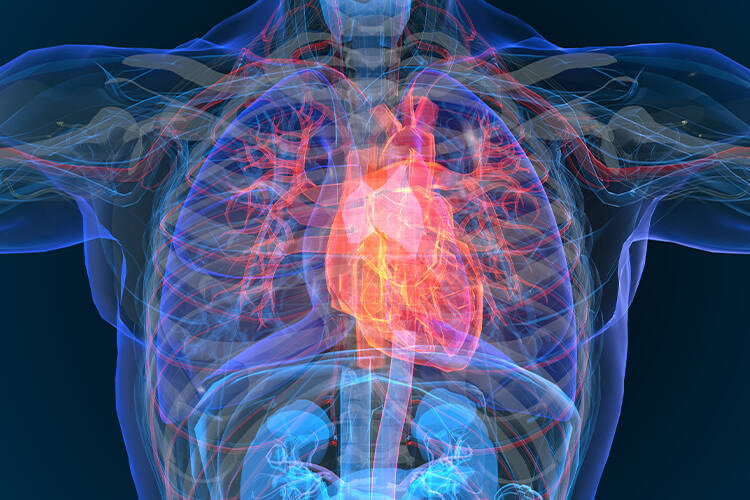
Study Categories (Applicable to OECD, JMHW, MFDS)
Core Battery Tests
- Cardiovascular: Blood pressure, heart rate, and ECG assessments.
- Central Nervous System: Behavior, motor function, and reflex evaluations.
- Respiratory System: Respiratory rate, tidal volume, and oxygen saturation measurements.
Follow-up Studies
- Additional research based on Core Battery results, tailored to the characteristics and mechanisms of test substances.
Supplemental studies
- In-depth analyses of potential side effects and long-term stability of test substances.
Histopathology and Clinical Pathology
We provide the highest-quality histopathology and clinical pathology services, delivering precise and reliable data essential for drug development and safety evaluations.
Leveraging expertise and state-of-the-art analytical equipment, we meticulously analyze the impacts of test substances to achieve optimal outcomes.

Histopathology Services
Macroscopic Examination
- Visual observation and documentation of macroscopic lesions.
Tissue Section Preparation
- Fixation, dehydration, embedding, and slide preparation.
Special Staining and Analysis
- H&E(Hematoxylin & Eosin)
- PAS(Periodic Acid-Schiff)
- Masson’s Trichrome
- Safranin-O
Clinical Pathology Services
Hematology
- Red blood cell, white blood cell, and platelet count analysis.
- Blood smear and morphological analysis.
Biochemistry
- Liver, kidney, and other organ function assessments.
- Analysis of key metabolic markers and enzymes.
Urinalysis
- Physical, chemical, and microscopic analysis.
Special Immunoassays
- Cytokine and chemokine analysis.
- Utilizing ELISA and MSD platforms.
Why Choose Us?
We deliver globally recognized services in histopathology and clinical pathology, making us the optimal partner for pharmaceutical development and research.
Juvenile Animal Studies
We conduct juvenile animal studies to evaluate the potential toxicity of test substances in young animals, providing essential data for drug development and safety assessments.
These studies are critical for evaluating drug effects during the developmental stages of young animals and are meticulously conducted according to global GLP standards.
Histopathology Services
Juvenile animal studies assess the effects of test substances on the physical development, nervous system, reproductive system, and behavioral development of growing animals. The focus is on identifying developmental, neurotoxic, and reproductive toxicities

Techniques
Administration
- Oral and intraperitoneal: From postnatal day 1
- Intramuscular and subcutaneous: From postnatal days 3-4
- Intravenous: From postnatal weeks 2-3
Blood Collection
- From the abdominal vein (postnatal days 0-21)
- From the jugular vein (postnatal day 21 and later)
Applications
- Pediatric drug development
- Disease model research for growth stages
- Long-term safety evaluation and risk assessment
Biodistribution Studies
For general cell therapies, biodistribution studies using universal sets like the Alu gene are relatively straightforward. However, for cell and gene therapies, it is essential to develop advanced analysis methods tailored to specific target genes (Target-Specific Transgenes).
We are leaders in qPCR-based biodistribution studies, with unparalleled expertise and experience in cell and gene therapies.

10+ Years of Experience
Since 2015, we have successfully conducted biodistribution studies for various cell and gene therapies, including:
CAR-T and CAR-NK cell therapies
NK cell therapies
iPSC-based therapies for Parkinson's disease and other indications
General dendritic cell (DC) and mesenchymal stem cell (MSC) therapies
Why Choose BTT Group?
Top-Notch Expertise
Proven proficiency and know-how in qPCR-based biodistribution studies.
End-to-End Service
Seamless execution of animal studies and analysis within a single team for efficiency.
Risk Management
Optimize data through preliminary experiments and flexible study designs.
Extensive Experience
Successfully conducted research across various modalities of cell and gene therapies.
Animal Alternative Testing
Animal alternative testing methods aim to minimize the sacrifice of experimental animals and promote animal welfare during toxicity testing for human health.
These methods adhere to the 3R principles:
- Replacement: Avoiding the use of animals.
- Reduction: Reducing the number of animals used.
- Refinement: Alleviating pain or distress during testing.

Key Areas in Animal Alternative Testing
Skin Sensitization Tests
- Local Lymph Node Assay (LLNA):
Using ELISA (BrdU-ELISA, OECD TG 442B)
Using flow cytometry (BrdU-FCM, OECD TG 442B) - Direct Peptide Reactivity Assay (DPRA, OECD TG 442C)
- Human Cell Line Activation Test (h-CLAT, OECD TG 442E)
Eye Irritation Tests
- Reconstructed Human Cornea-like Epithelium (RhCE) test (OECD TG 492)
- Isolated Chicken Eye test method (OECD TG 438)
Skin Irritation Tests
- Reconstructed Human Epidermis Test (OECD TG 439)
- Membrane Barrier Test for Skin Corrosion (OECD TG 435)
Skin Absorption Tests
- In Vitro Skin Absorption Test (OECD TG 428)
Phototoxicity Tests
- In Vitro 3T3 NRU Phototoxicity Test (OECD TG 432)